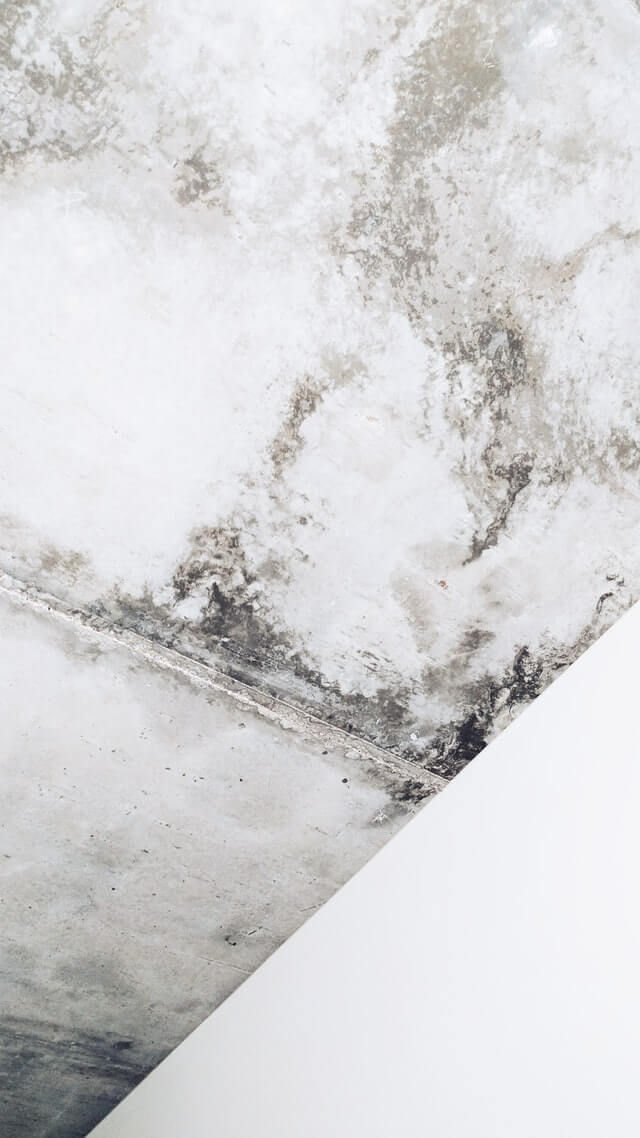
Mold is a fungus that grows from spores. Its ideal growing conditions are between 70-90 degrees Fahrenheit with a relative humidity of around 50%. That's why homes on the shore are so susceptible to mold growth.
If you fear that mold has taken up residency on your property, read on to learn some tips on how to check for mold in your home.

How to Spot It
Mold appears in black splotches that often start as small spots but grow as the colony continues to consume the material to which they are attached. It's the black stuff that appears in the grout in your shower. It can also be found outdoors on exterior walls in damp, shaded areas.
Mold also has a smell. You've probably smelled it before in a damp basement or on a wet towel sitting in a crumpled heap for too long. Using your senses is one of the best ways to check for mold in the house.
Where to Check for Mold in the Home
A home on the shore can be an inviting place for mold, as it maintains a relatively high level of humidity. Mold requires moisture to grow, so where there is moisture, it will be challenging to control mold growth.
While some mold is glaringly apparent and unmistakable, other mold is quite sneaky and can damage your home without your knowledge. Check around plumbing fixtures for any leaks. Underneath the sink is a prime area for mold growth. Check behind your refrigerator and your washing machine. These areas can become moist from regular use and are not often cleaned.
Check behind the drywall where water lines are running. If your home has old pipes, condensation can build up in a humid environment, creating an excellent habitat for mold.
Look underneath carpets, especially if they've been wet in the past. A flood on the ground floor or in a basement creates an excellent opportunity for mold to grow.
Is That Dirt or Mold?
So you've found a spot that kind of looks like mold. It's darker in color and spotty, there may not be a smell, which is a tell-tale sign, so how do you know if it actually molds?
A quick test can be performed by dipping a swap in a diluted bleach solution (one-part bleach to 16 parts water) and dabbing the area with the swab. If the spot quickly lightens, then it is mold. If the place comes back after your test, then it's definitely molded.
Another test can be done to detect hidden rot behind walls. If the area looks dirty or discolored, probe it with a screwdriver or other sharp instrument. If it easily punctures the wall, or if the wood crumbles, then mold has been there for a while, and rot has set in.
And if you're still unsure, hire a property management company to conduct regular inspections and run mold tests in your home.
Get Rid of Mold
Removing the mold in your home is critical to keep it from rotting away. Regular cleaning will undoubtedly help prevent the mold to a minimum.
If you're looking for a management company to take care of your property, Next Brick will conduct a thorough inspection every six months to check for mold. Contact us to learn how we can help manage your property.

